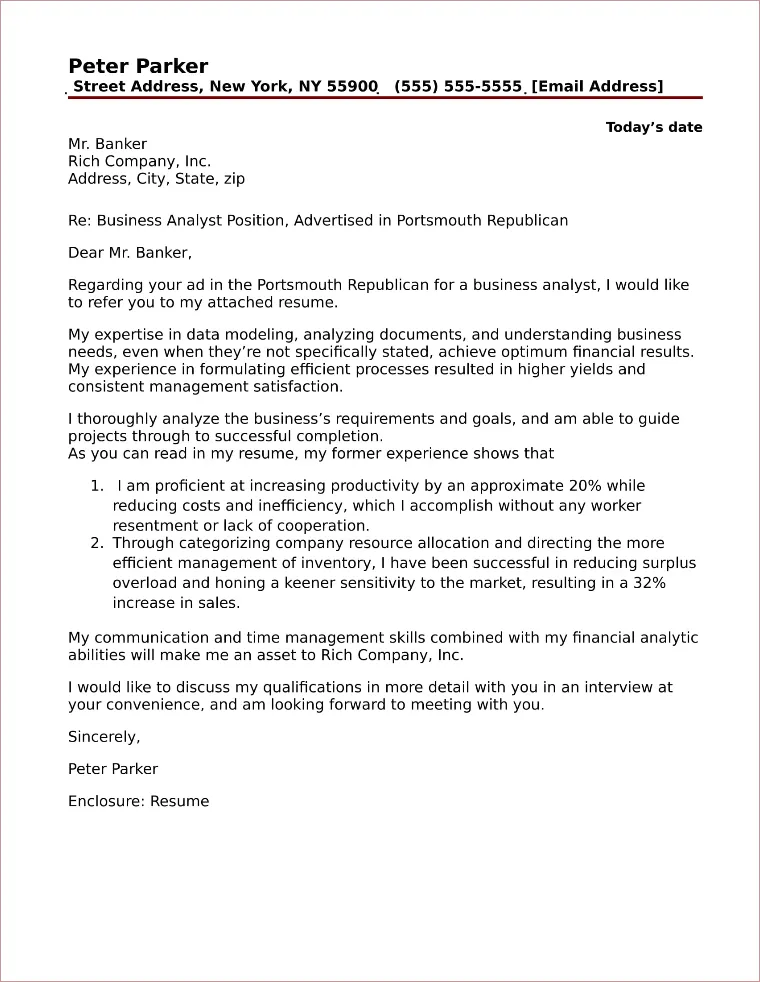Financial Analyst Cover Letter
A well-crafted cover letter is crucial for financial analysts seeking employment. It serves as a first impression, providing an opportunity to showcase your skills, experience, and personality beyond the resume. It should highlight your qualifications and express your genuine interest in the role and the company. This guide provides examples and tips to help you write a compelling cover letter that grabs the attention of hiring managers and increases your chances of landing an interview. A strong cover letter demonstrates your understanding of the financial industry and your ability to contribute effectively to an organization’s financial goals. This article will help you learn how to create a compelling cover letter that highlights your skills and experience.
Key Components of a Cover Letter
A successful cover letter contains several key components that work together to present a complete picture of your capabilities and enthusiasm. Each section should be carefully written and tailored to the specific job requirements and the company’s values. These components ensure your cover letter is well-structured, informative, and persuasive.
Contact Information
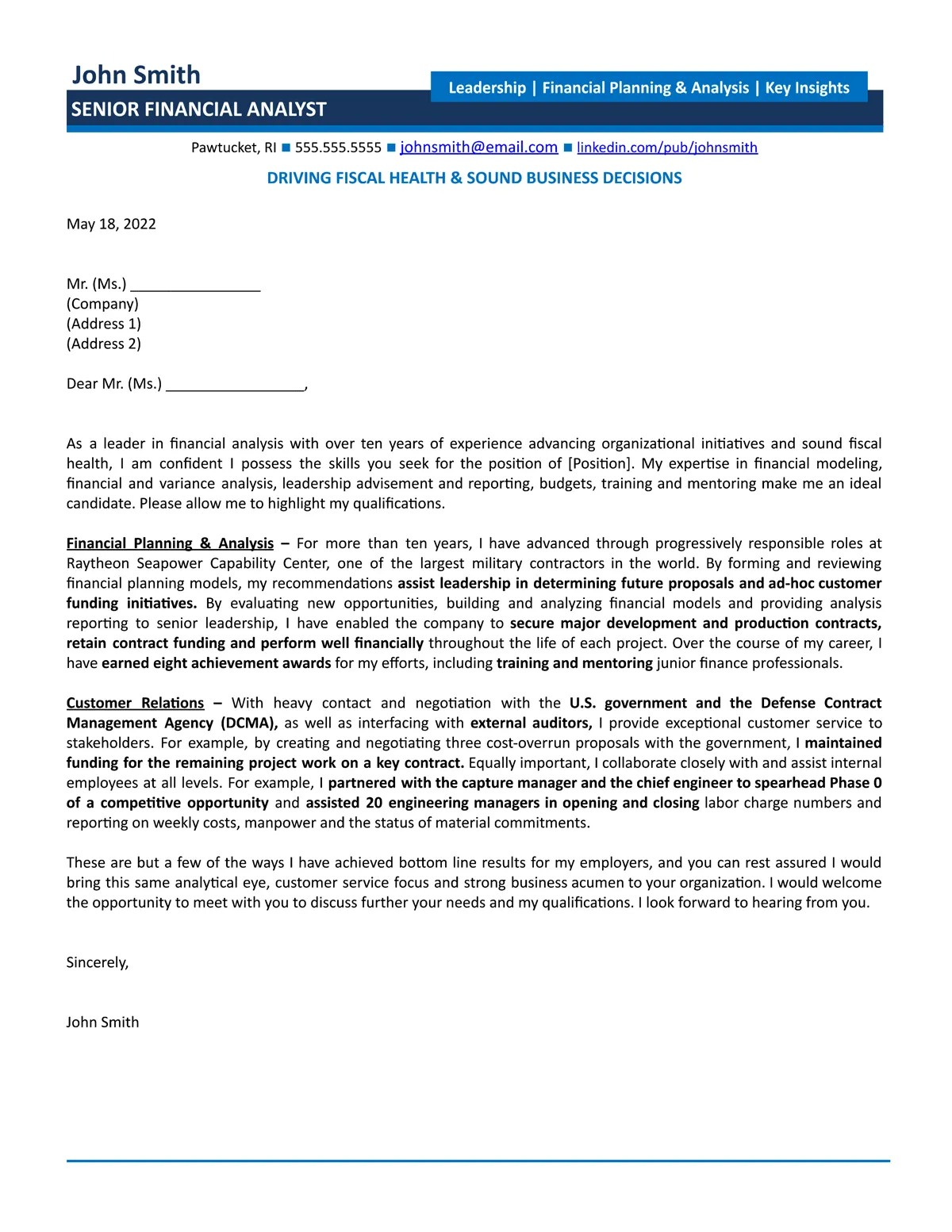
Begin your cover letter with your contact information, including your full name, address, phone number, and email address. This ensures that the hiring manager can easily reach you. Also, include the date and the hiring manager’s name, title, and company address if you know it. Use a professional email address and ensure your voicemail greeting is also professional. This is the initial impression you make; therefore, accuracy and professionalism are paramount. See a visual representation in the image below.
Professional Summary
The professional summary is your opportunity to make a strong first impression by briefly highlighting your most relevant skills and experience. Focus on 2-3 key achievements or qualifications that align with the job description. This section should quickly capture the reader’s attention and encourage them to continue reading. Keep it concise and impactful, emphasizing what you can bring to the role. This is where you state your value proposition. Consider using a compelling opening statement that immediately grabs attention. For example, “Highly motivated financial analyst with 5+ years of experience in financial modeling and analysis.”
Skills and Experience
In this section, provide more detail about your skills and experience, supporting your summary with specific examples. Quantify your achievements whenever possible; for instance, ‘Increased portfolio returns by 15%’. Tailor this section to the specific requirements of the job description, highlighting the skills and experiences that are most relevant. Mention any relevant software proficiency, such as Excel, SQL, or specific financial modeling tools. Emphasize your accomplishments and contributions in previous roles, showcasing your ability to deliver results. Always use action verbs and focus on achievements rather than just listing responsibilities. For example, “Developed and maintained financial models to forecast revenue and expenses.” See visual representation in the image below.
Company Research and Interest
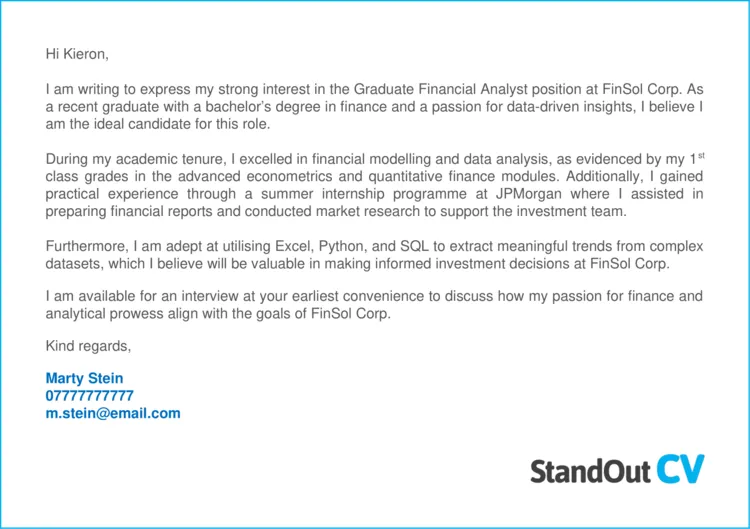
Demonstrate that you’ve researched the company by explaining why you are interested in working there. Mention specific aspects of the company that appeal to you, such as its mission, values, or recent achievements. Explain how your skills and experience align with the company’s goals and how you can contribute to its success. Showing genuine interest will make your application more personal and show you’re not just sending out generic applications. Showing that you understand their market position and recent projects will demonstrate initiative and interest. See image below for reference.
Call to Action and Closing
End your cover letter with a clear call to action, such as requesting an interview. Thank the hiring manager for their time and consideration. Reiterate your interest in the position and express your confidence in your ability to contribute to the company’s success. Use a professional closing, such as ‘Sincerely’ or ‘Best regards’, followed by your name and contact information. Make it easy for the hiring manager to reach out to you.
Cover Letter Examples
Reviewing cover letter examples can help you understand how to structure and write your own. These examples provide templates you can adapt based on your experience level and the specific job requirements. Tailoring your cover letter to the job description increases your chances of getting an interview. Always remember to customize the examples to reflect your unique skills, experience, and the specific requirements of the job you are applying for. Use these examples as a starting point, not a one-size-fits-all solution.
Entry-Level Financial Analyst Cover Letter Example
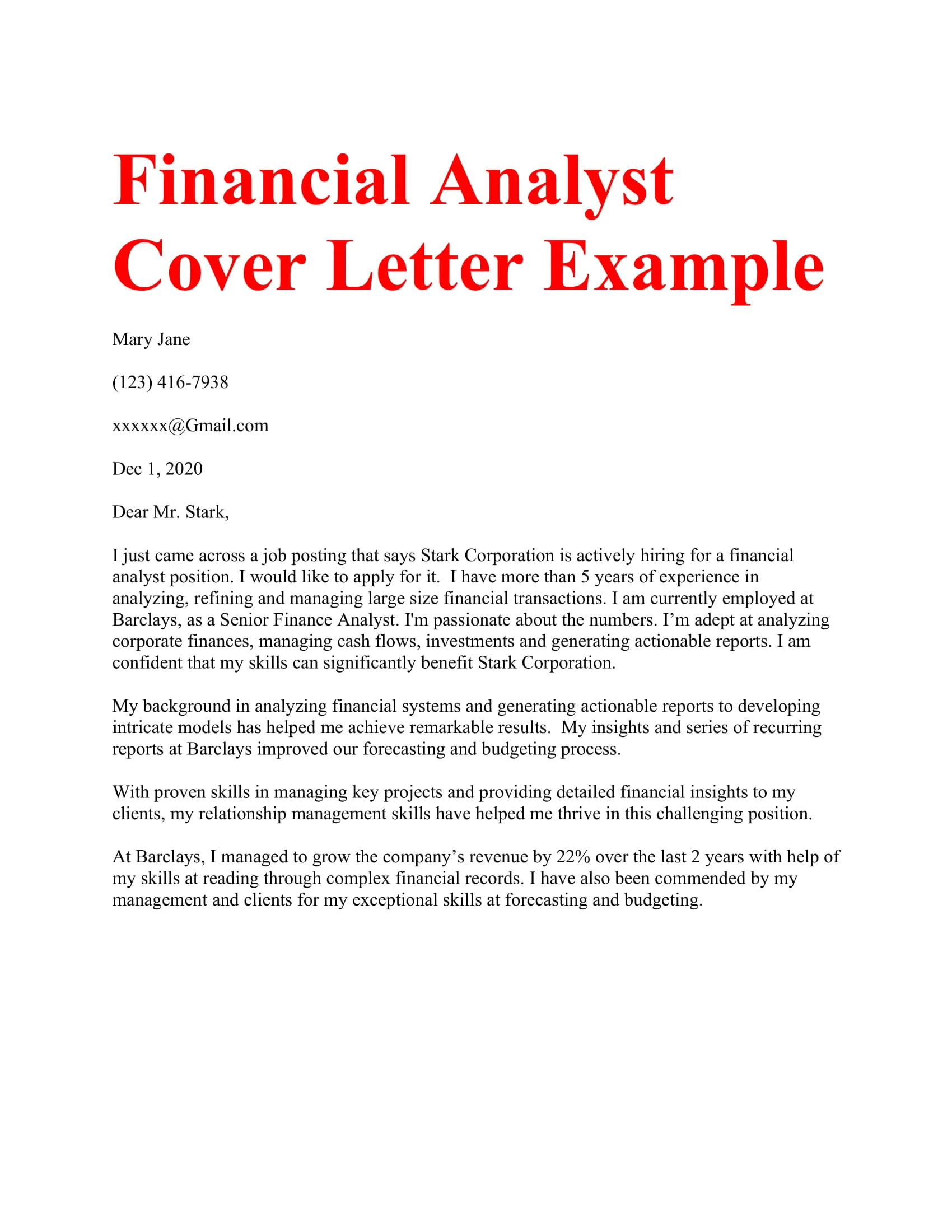
For entry-level positions, focus on your educational background, relevant coursework, internships, and any projects that demonstrate your analytical and problem-solving skills. Highlight your enthusiasm for finance and your eagerness to learn. Emphasize transferable skills such as data analysis, attention to detail, and communication abilities. If you lack extensive work experience, showcase any relevant projects or volunteer work where you utilized financial analysis skills. It’s essential to express your passion for finance and your willingness to grow within the company. Tailor the language to reflect your understanding of financial concepts and show your potential.
Experienced Financial Analyst Cover Letter Example
Experienced analysts should highlight their professional accomplishments, showcasing quantifiable results. Focus on specific achievements, such as improving financial models, reducing costs, or increasing profitability. Mention the types of financial analysis you’ve performed, such as budgeting, forecasting, variance analysis, and investment analysis. Demonstrate a strong understanding of financial reporting and regulations. Emphasize leadership roles, project management skills, and experience mentoring junior analysts. Be sure to provide metrics to support your claims and quantify your achievements to make them more impactful. Clearly show how you have contributed to the financial success of your previous employers. This is where you can emphasize your track record.
Financial Analyst Cover Letter for Specific Industry
When applying to a specific industry (e.g., healthcare, technology, real estate), tailor your cover letter to demonstrate industry-specific knowledge and experience. Highlight any relevant projects, certifications, or experience within that sector. Use industry-specific terminology and show you understand the unique challenges and opportunities in that field. If you have experience in a niche area, be sure to highlight that expertise. The more specific you are, the more likely you will be seen as a good fit. Research industry trends and incorporate relevant keywords into your cover letter. Use industry-specific terminology to showcase your understanding.
Formatting Tips for Your Cover Letter
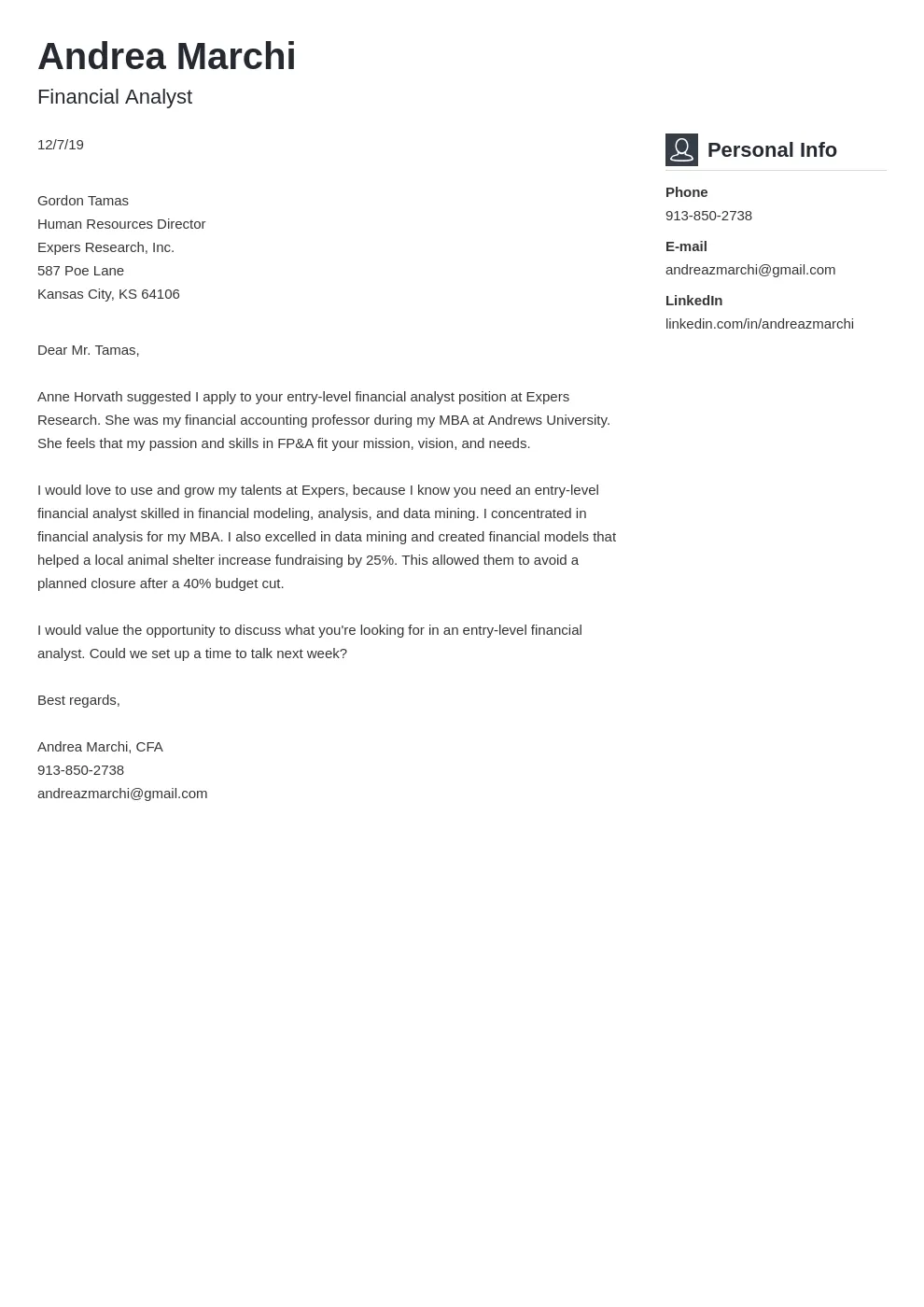
The formatting of your cover letter is just as important as the content. A well-formatted letter is easy to read and shows professionalism. Ensure your cover letter looks polished and professional by following these formatting guidelines. Proper formatting ensures your cover letter is easy to read and makes a positive impression. Here’s a look at some of the best practices. See image below.
Font and Font Size
Choose a professional and readable font, such as Times New Roman, Arial, or Calibri. Use a font size between 10 and 12 points. Ensure consistency throughout your cover letter and the font should be easy on the eyes. Avoid overly stylized or decorative fonts that can be difficult to read. Maintain consistency in font and size throughout.
Margins and Spacing
Use standard one-inch margins on all sides of your cover letter. Double-space between paragraphs to improve readability. Maintain consistent spacing to avoid a cluttered appearance. Good spacing ensures your cover letter looks clean and professional. Ensure proper spacing between sections for clarity.
Proofreading and Editing
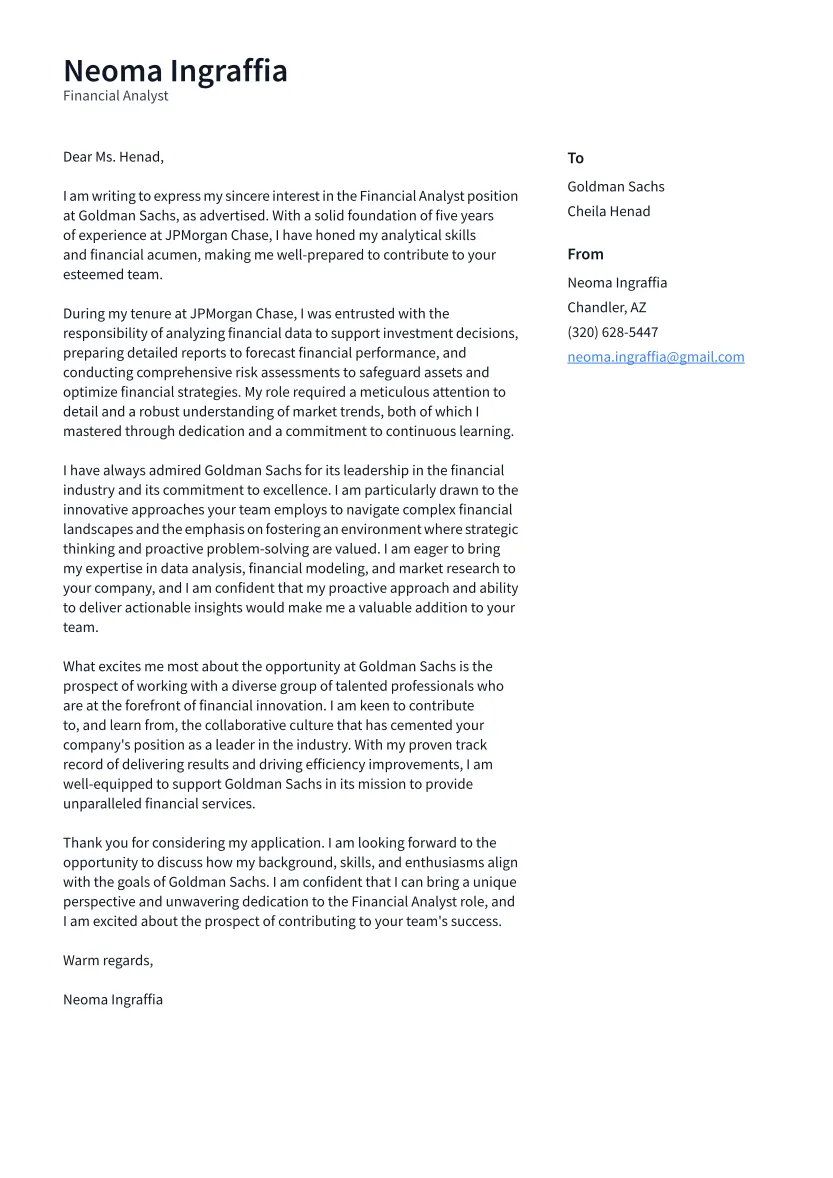
Thoroughly proofread your cover letter for any grammatical errors, typos, or inconsistencies. Have someone else review it as well, as a fresh pair of eyes can catch errors you might have missed. Check for proper sentence structure, punctuation, and capitalization. Ensure your cover letter is free of any errors. A polished cover letter shows attention to detail and professionalism. Proofread it multiple times and consider using grammar and spell-checking tools.
Common Mistakes to Avoid
Avoiding common mistakes can significantly increase the effectiveness of your cover letter. Knowing what to avoid can help you make a strong impression. Common mistakes include generic content, typos, and a lack of personalization. By avoiding these pitfalls, you can make a positive impact on potential employers. These mistakes can undermine your application and decrease your chances of getting an interview.
Generic Content
Avoid using a generic cover letter that can be sent to any company. Tailor your cover letter to each specific job and company. Customize your cover letter to show you understand the company’s needs and the specific requirements of the job. Show your genuine interest in the role and the organization. Generic content implies a lack of effort and may make the hiring manager think you are not truly interested in the role. Demonstrate that you understand the company’s business model and goals.
Typos and Grammatical Errors
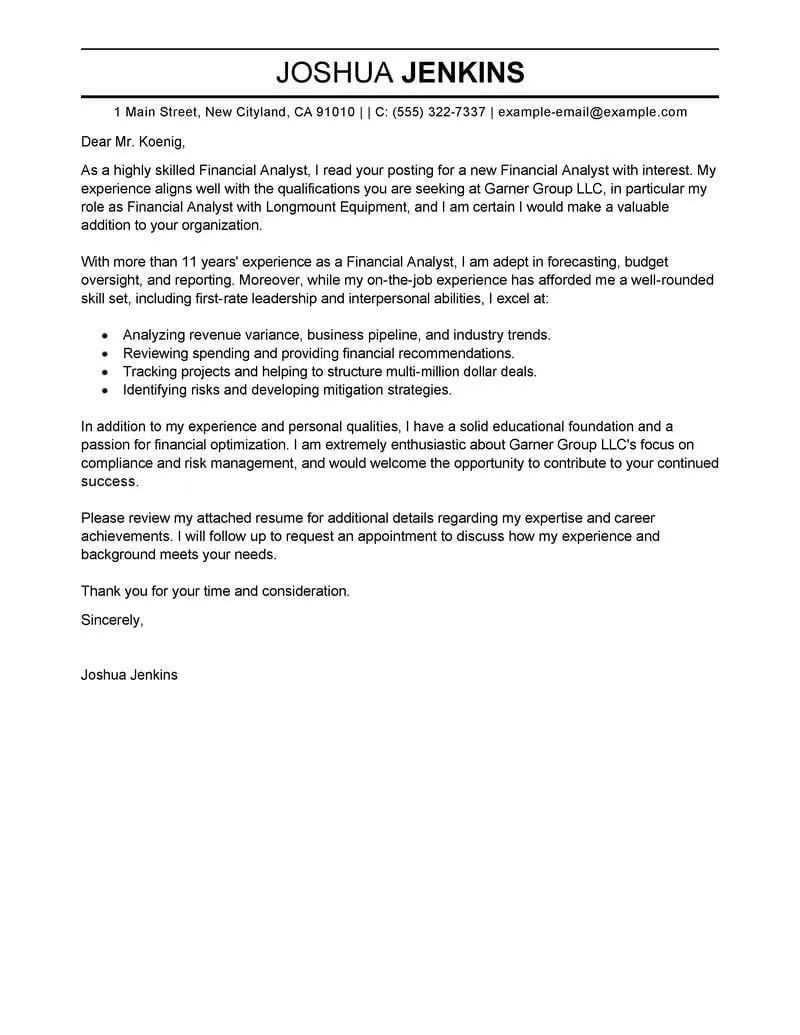
Typos and grammatical errors can create a negative impression and make you appear unprofessional. Always proofread your cover letter multiple times. Use grammar and spell-checking tools to catch errors. Have someone else review it for mistakes as well. Ensure your cover letter is free of any errors before submitting your application. Errors suggest a lack of attention to detail, which is a crucial skill for a financial analyst. A perfect cover letter shows a commitment to quality.
Lack of Personalization
Address the hiring manager by name whenever possible. Research the company and the specific role and show how your skills and experience align with their needs. Customize your cover letter to each specific job and company and always avoid a generic cover letter. Show your genuine interest in the role and the organization. Make your cover letter stand out by showing that you are genuinely interested in the company and the role. Personalization shows initiative and attention to detail. Customize your cover letter to the job and company.
Tailoring Your Cover Letter
Tailoring your cover letter to each job application is essential for making a strong impression. This involves researching the company, understanding the job requirements, and highlighting the skills and experiences that match those needs. Customize your cover letter by addressing the hiring manager by name. Customize each cover letter to fit the specific job description and the company’s values. Adapt your cover letter to show how your skills and experience align with the company’s needs. Tailoring your cover letter is a key step in the job application process and will significantly increase your chances of getting an interview.
